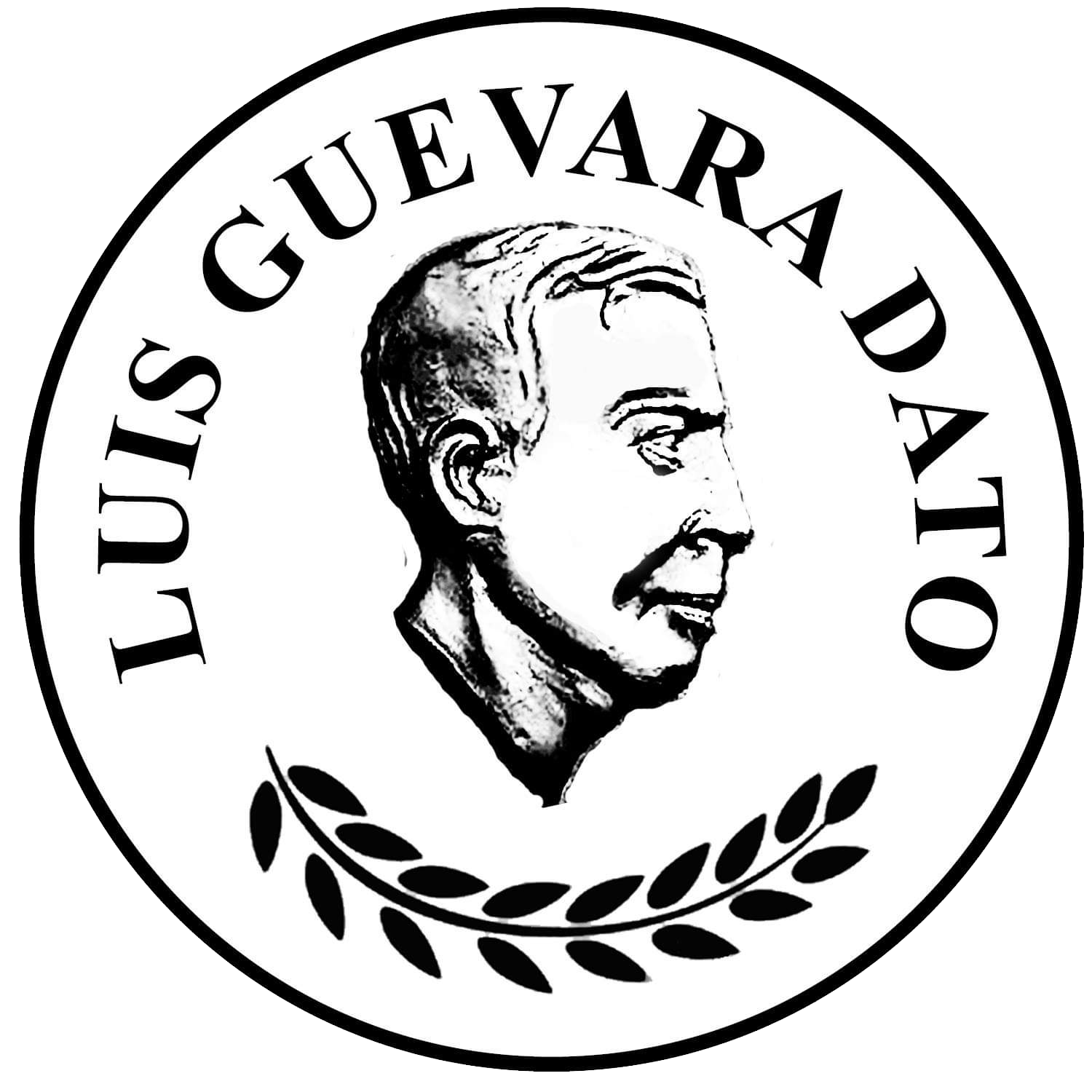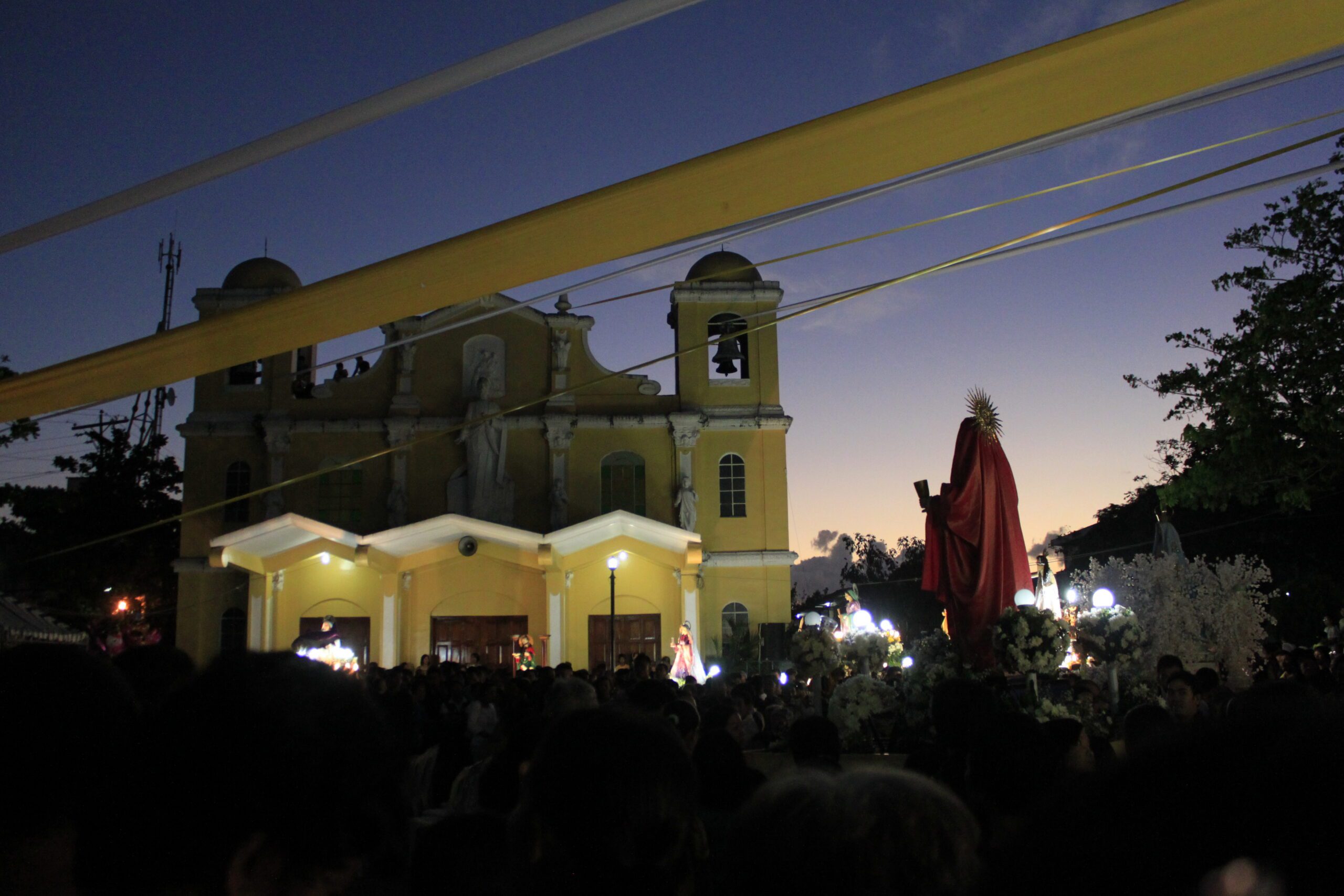Article from the 1946 Town Fiesta Souvenir Program
by Luis G. Dato and Rev. Eladio Palcis
The history of the Church of Baao is largely unwritten but portions of the same are recorded in the archives of the church. In folio No. 338 Book 2, No. 206 of the chronicle of the Province of San Gregorio, speaking of this town, appears the following statement: “It is the tradition that this town was founded in the time of our tutelary saint, Father Pedro Bautista.”· This must have been the beginning of the conversion of this town to Christianity, but Baao is mentioned for the first time in 1656 as a Barrio of Bula until the year 1793, more than a century later, in which time the first parish curate was appointed, Father Domingo Palencia.
From the various documents referring to this town preserved in church archives in Manila it is inferred that Baao was separated from Bula much earlier in civil matters than in the religious. The church under the patronage and the apostleship of St. Bartholomew, the apostle, was constructed in the site where it formerly stood for the second time when still a Barrio of Bula in 1664. It was constructed with strong materials and destroyed by a typhoon in 1706. In 1720 or thereabouts a new church was founded of wood and stone which remained until1781 when the town itself was moved to its present site from Binanuaanan and a new church of stone was erected in that year. This church was repaired and painted in 1850 by Father Francisco Cabrera, then the parish priest, although the bell tower ruined by the earthquake of 1814 has not been restored up to the present time.
The catholic cemetery which is the only one in existence is located outside the poblacion in a well-situated and more elevated ground. The parochial convent is of good construction rebuilt in great part by the above-mentioned Father Cabrera in 1848. From its founding as a separate parish in 1793 to the present time Baao has had 53 curates including interim appointees. The one having occupied the position longest being Father Jose Diaz del Rosario who held the curacy for 21 years from 1801-1822; but the more well known curates were Father Francisco Cabrera, already mentioned, whose work has been stated above; Father Jose Castano, a leading scholar and authority of Bicol history and who was well liked by the people; Father Marcelo Badiola who was there times curate, once as permanent and twice in an interim capacity for altogether nearly 12 years;
And lastly Father Florencio Gonzales, to whom may be attributed at least four important accomplishments, and for which he will be a long remembered, and prayed for by the faithful:
- The construction of the church facade which is almost finished and one of the most artistic in Camarines sur.
- The construction of the patio which for sheer art is unsurpassed in the whole Bicol Region.
- The founding of the parochial school in 1939, offering primary courses and special courses in Spanish and piano. Eventually the school will offer complete secondary instruction.
- His example of unselfishness and devotion and Saintliness which has inspired the people with affection and trust in their church officials and the practice of Christian virtues, piety and charities.
A complete list of all the parish priests was published in the program of the town fiesta of 1911 through the initiative of the writer but copies of this souvenir program are also already rare. Those interested in a more extended history of the Church of Baao, as well as the town itself can be referred to the following sources:
- The accounts, reports, memorials and histories of the church and civil officials.
- The writings of various visitors and travelers who at one time or other had reached Baao.
- References to our history contained in the court histories of India, China, Japan, and neighboring countries as well as the colonial histories of England, Holland, Portugal and Spain.
- The unwritten memoirs and reminiscences of old folks of the events and the personalities of their youth as well as those of their elders who in turn passed their knowledge of important historical facts to their descendants.
It is to be regretted that another source of historical material is no longer extant; the ancient pre-Spanish writings in Malay characters of the Filipinos which the Spanish missionaries in their excessive religious zeal and ignorant fanaticism destroyed and burned, alleging them to be the works of the devil.
It is to be hoped, however, that the young men of today endowed with excellent educational facilities and imbued with more democratic ideas will utilize their opportunities and dedicated the glorious day of their youth to a patient and faithful reconstruction of the still unwritten of their town in the dim and distant past adding to the scanty, little known literature on the subject now in existence. Ignorance with local history is like an interesting scanty, like meeting an interesting old man with whose name and origin and deeds we are not familiar. “Know thyself” — was the key of Socrates wisdom.
“The proper study of man is man”. We can only know ourselves by knowing our history, and above all the history not of other nations, but firstly of our own nation and town. We can only know the present and predict the future by an exploration and knowledge of the past.




Can i have the story of the Divine Shepherdess?